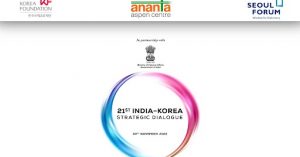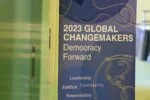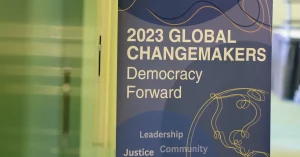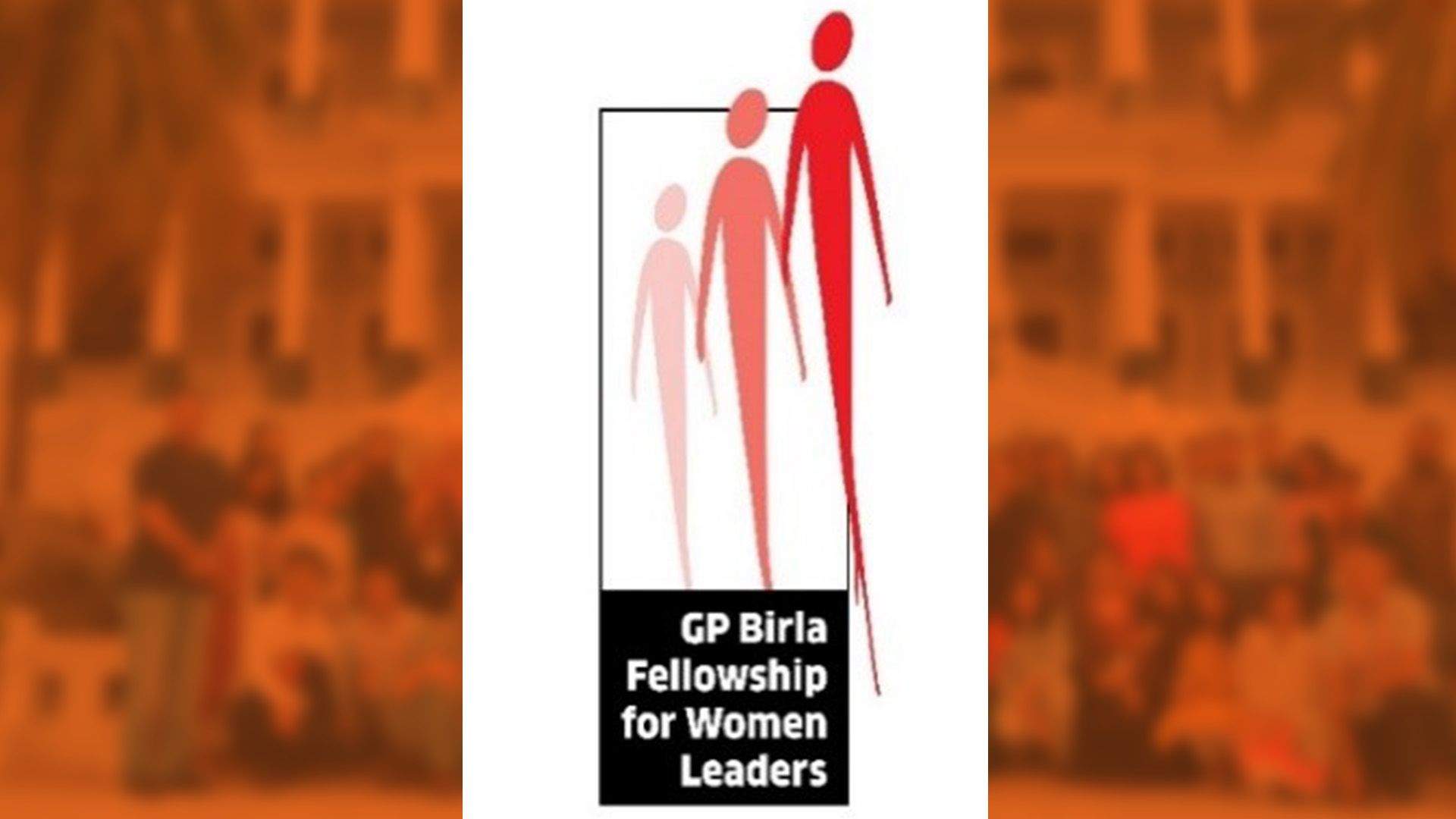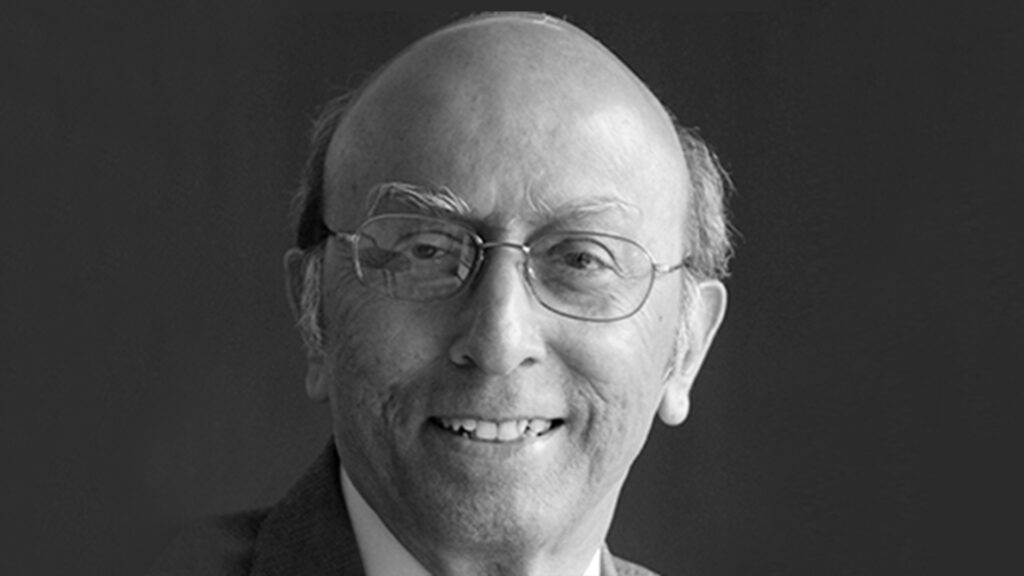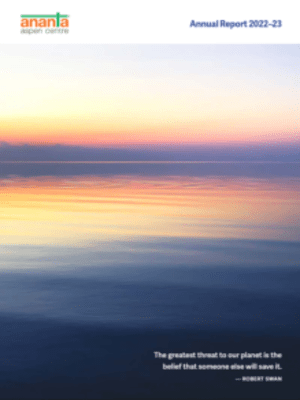Presidents Trump and Putin re-engage
After meticulous preparation in May (see RR 5/19), Presidents Trump and Putin met on the sidelines of the G-20 Summit in Osaka on June 28. The atmosphere was cordial, but both sides avoided the mistake of overdoing the effusiveness or disclosure of detail about the discussion, which contributed to the derailment of the progress promised at their Helsinki Summit in July 2018. President Trump said in his public remarks at the meeting that they had many things to discuss, including “trade, some disarmament, a little protectionism, in a very positive way”.
The earlier planned Summit meeting on the sidelines of the 2018 G-20 Summit had been called off on the stated ground that the Russians had not released the Ukrainian sailors captured during the incident in the Kerch strait (see RR 11/18). The sailors remain in Russian custody, but this did not prevent the Osaka meeting, indicating the change in the domestic “post-Mueller” climate in the US.
Russian Deputy Foreign Minister Ryabkov said the meeting had achieved “serious understanding” on strategic stability (meaning renewal of the arms reduction treaty, START, which lapses in 2021), and that a dialogue of technical experts would commence soon. The White House said the Presidents agreed to discuss a “21st Century model of arms deal, which would include China”. The decision to create a consultative mechanism on trade and economic cooperation, mentioned at the Helsinki Summit and reiterated from time to time, was once again highlighted. President Putin said at a media interaction that he had drawn the US President’s attention to the fact that a 550-strong US business delegation had attended the St Petersburg International Economic Forum in June this year, showing the level of business interests. Iran, Syria, Venezuela and Ukraine were also said to have been discussed, though no details were given.
On July 31, President Trump telephoned President Putin, ostensibly to offer US assistance in tackling Siberian wildfires, which are a near-annual occurrence, but were particularly devastating this year. There were no official accounts of other matters covered in this conversation, though some indication of its tenor could be gleaned from the Kremlin statement that President Putin regarded the US President’s offer of help as presaging a restoration of “full-scale bilateral relations”.
A day after the telephone conversation, the Trump administration imposed fresh economic sanctions on Russia, in continuation of those imposed in August 2018, responding to the alleged poisoning of an ex-Russian spy by a nerve agent in England in May 2018. This second round of sanctions was mandated by a US congressional legislation, under which the US was required to impose them within 90 days of the first round, if the Trump administration did not certify that Russia was no longer using chemical weapons, and the Kremlin did not guarantee that it would not use such weapons again. Neither happened, but the Trump administration dragged its feet, until Congressional pressure perhaps forced this measure. The sanctions meant that American banks could not directly purchase non-rouble Russian bonds or lend non-rouble funds to the Russian government. Analysts pointed out that the measures did not touch rouble bonds, which are Russia’s main source of funds from foreign investors. Thus, while satisfying legislative requirements, it appears that the US has ensured minimal damage to Russian external economic interactions. This might explain President Putin’s comment on bilateral relations: it is conceivable that President Trump explained the sanctions in their conversation (since it was just a day before they were announced), though there was naturally no official confirmation about this.
Russian engagement with Europe
Russia’s engagement with Europe ranged from President Putin’s meeting with a grim-faced UK PM Theresa May to a cordial visit to Italy (which included a conversation with the Pope) and the now usual exchanges with the French and German heads of government.
President Putin’s handshake with a frosty-faced UK PM (on the sidelines of the G20 Summit in Osaka) went viral on the wires. According to Downing Street, she told him that UK-Russia relations could not be normal until Russia stopped its “irresponsible and destabilizing activity” of interventions, disinformation and cyberattacks. The President’s spokesman indicated that, while there was some tough talking by both sides in their one-to-one meeting, the delegation-level talks showed an understanding of the need to revive bilateral economic cooperation. President Putin later said to the media that the British business community remains in Russia and has no intention of leaving.
President Putin had an altogether more cordial engagement with the Italian leadership during his official visit to Rome in early July. The Italian PM described their meeting as “very positive and warm-hearted”, declared that bilateral relations were in their mutual interests, pointed out that economic cooperation had resumed their upwards trend and said that sanctions did not benefit Russia, EU or Italy. On Ukraine, he said – fully in consonance with the Russian position – that there is no alternative to full implementation of the Minsk agreements, adding the hope that the new Ukrainian government may be more amenable to taking the necessary actions for it.
Recent developments in Ukraine also figured in President Putin’s meetings with President Macron and Chancellor Merkel in Osaka, a subsequent telephone conversation with President Macron and during Russian FM’s visit to Germany. The election of a new Ukrainian President and the decisive victory of his party in the parliamentary elections generated new optimism for progress on the Minsk agreements. Constructive Ukrainian participation was noted in OSCE-sponsored discussions on ceasefire issues on the ground. A telephone conversation of Ukrainian President Zelensky with President Putin on July 11, followed by an expert-level meeting of the “Normandy Four” (France, Germany, Russia and Ukraine) Normandy Four on July 12 were positive signs, as also a subsequent Facebook post of the Ukrainian president that he expected a Normandy Four summit in the near future.
The European keenness to resolve the impasse over Ukraine has been in evidence for at least three years now. While there have been violations of the Minsk agreements by both sides of the east-west divide in Ukraine, many European leaders have been privately saying that the US has been quietly encouraging Ukrainian intransigence, to keep the US-Russia pot boiling. When President Trump appointed his envoy for Ukraine, the Franco-German Normandy initiative was effectively hijacked. The situation was aggravated by the 2017 US decision to sell lethal weaponry to the Ukrainian government, against the strong advice of the French and the Germans. Therefore, the answer to whether these tentative steps will lead to a Ukrainian settlement may perhaps have to be sought from across the Atlantic Ocean.
Syrian issues elude resolution
As in earlier months, Russia continued to keep the increasingly fragile Astana partnership alive, seeking to nudge its partners to finalize the constitutional committee to work for a political settlement and to restore Syrian control over the Idlib governorate. Mobilizing international participation in rehabilitation and reconstruction efforts in Syria and keeping Israel-Iran tensions from spilling over into Syria were other Russian pursuits.
The situation in the Idlib governorate in northwest Syria remained tense, with the al-Qaeda linked Hayat Tahrir al-Sham (HTS) continuing to strengthen its hold in the region and to launch missile attacks on surrounding Syrian areas. Increasingly frustrated by the inability or unwillingness of Turkey to isolate the terrorists in the region, as per the Putin-Erdogan agreements of September 2018 (see Review, 9/18) and April 2019 (see Review, 4/19), Syrian ground forces, supported by Russian airpower, have been carrying out punitive strikes on the sources of the missile attacks, to Turkey’s annoyance. In end-June, Turkish troops attacked Syrian army positions around Idlib, ostensibly in response to Syrian artillery attacks on Turkish observation posts. Russia stepped in to restore calm, but a longer-term resolution of the Idlib problem remained elusive.
The deepening Russia-Turkey cooperation and the widening fissure between Turkey and the US give President Erdogan fewer options to defy Russia on Syria. Russian deliveries of the air defence system S-400 have commenced and the two countries are in discussion on joint missile production and technology transfers. The Turkstream gas pipeline across the Black Sea is in advanced stage of construction, as is a Russian-built atomic power plant. Turkish companies have lucrative contracts in the construction, chemical and other industries in Russia. About 6 million Russian tourists visit Turkey annually, generating (as President Putin pointedly mentioned in one of his meetings with President Erdogan) about US $5 billion in revenues for Turkey.
Meanwhile, work on the political track of the Syria settlement plodded on, with the UN Special Envoy for Syria shuttling between Moscow and Damascus to finalize names for the Syrian Constitutional Committee. As noted earlier, the fact that the UN envoy is now dealing with the Syrian government indicates the sea change in the Syrian ground situation. (see Review, 4/19).
A new track that opened up on Syria was a meeting in Jerusalem of the National Security Advisors of the US, Russia and Israel on June 25. President Netanyahu also joined the meeting. Syria and Iran were clearly the agenda items. Both the US and Israeli representatives said that the undermining of Iranian influence in Syria was of primary importance and was discussed; it was also mentioned that President Trump would talk about this with President Putin in Osaka. There is no indication of whether he did. It may be recalled that, on his return from a visit to Moscow in February, PM Netanyahu had told the Israeli media that the two countries would set up a working group to discuss the withdrawal of foreign troops from Syria, adding that Russia and Israel shared the same perspectives on this subject. This had then caused consternation in both Syria and Iran. In Jerusalem, the Russian NSA was predictably cautious in his statements, not mentioning Iranian presence in Syria, but strongly rebutting his American and Israeli colleagues’ contention that Iran was a destabilizing influence in the region. However, the US-Israeli line was validated by the Kremlin readout of a Putin-Netanyahu telephone conversation, which said the two leaders discussed bilateral cooperation in the Syrian settlement process, drawing on the trilateral meeting in Jerusalem. Russian-Israeli discussions on Syria have hitherto been said to have been restricted to deconfliction between their militaries, when Israel targeted perceived Iranian threats to its territory from Syria.
Ever since its military intervention in Syria in September 2015, commentators have variously assessed Russian actions in the Middle East to have been driven by smart strategic calculations, tactical motivations or rash adventurism. Analysts may again struggle to assess the factors driving Russia’s alignment with the US and Israel to vacate Iranian presence from Syria, even while nurturing the Astana process with Turkey and Iran, siding with Iran against Turkey on Idlib, weaning Turkey away from NATO and working with European countries to insulate the JCPOA from American withdrawal.
Putin addresses his domestic constituencies
President Putin participated in his annual Direct Line show, carried live on Russian TV, radio and digital outlets, in which he answers questions and fields complaints from the Russian public, through phone-ins, video calls, online texts and a studio audience. It is a major public relations exercise, with correspondents fanning out across the vast country, weeks in advance, to collect participants and questions for the show. It is said that President Putin prepares meticulously for the show, so as to handle questions/comments without the assistance of aides or notes. There is undoubtedly some screening of questions, but even then, there were reported to have been 1.5 million questions from the public.
Shows like this, with direct contact with the public, have contributed to the popularity that President Putin has enjoyed over the years among the Russian people. His perceived sincerity has resulted in most blame for governance deficiencies and economic mismanagement being directed at his ministers and officials, rather than at him. His ability to handle a spectrum of issues without aides or notes strengthens his image as a competent and efficient leader.
The questions this year covered an extraordinary range of problems: falling real wages, non-implementation of minimum wage regulations, corruption in local offices, inequities in childcare provisions, mismatch of housing, healthcare and schools development programmes, water supply issues, social media restrictions, transgressions by law enforcement agencies, harsh imprisonment for minor economic offences and the challenges of waste disposal, to name just a few. As always, the President was patient in his replies, admitting shortcomings in government performance, explaining reasons for the economic slowdown and promising redressal of grievances.
This year’s Direct Line lasted over four hours. President Putin retained his composure throughout. After the show, he issued a number of executive instructions to correct anomalies and inequities pointed out during the show. They included increasing childcare payments, improving social infrastructure around housing projects, preventing violations of wage regulations and preventing law enforcement agencies from exceeding their powers.
Political commentators noted, however, that the public criticism of governance was somewhat sharper this year and the President’s responses to some questions hinted that he was either not fully conversant with the situation on the ground or fully in control of it. Recent decisions to increase pensionable age and VAT have also impacted on his popularity, which has fallen from the 80% plus that it was not too long ago. This has led to murmurs that, in the fifteenth year of his administration (not counting the four years when he was PM), President Putin may be losing his grip somewhat over the government machinery and that public confidence in his vision for the country may be waning. It remains to be seen to what extent this is exaggeration or wishful thinking.






